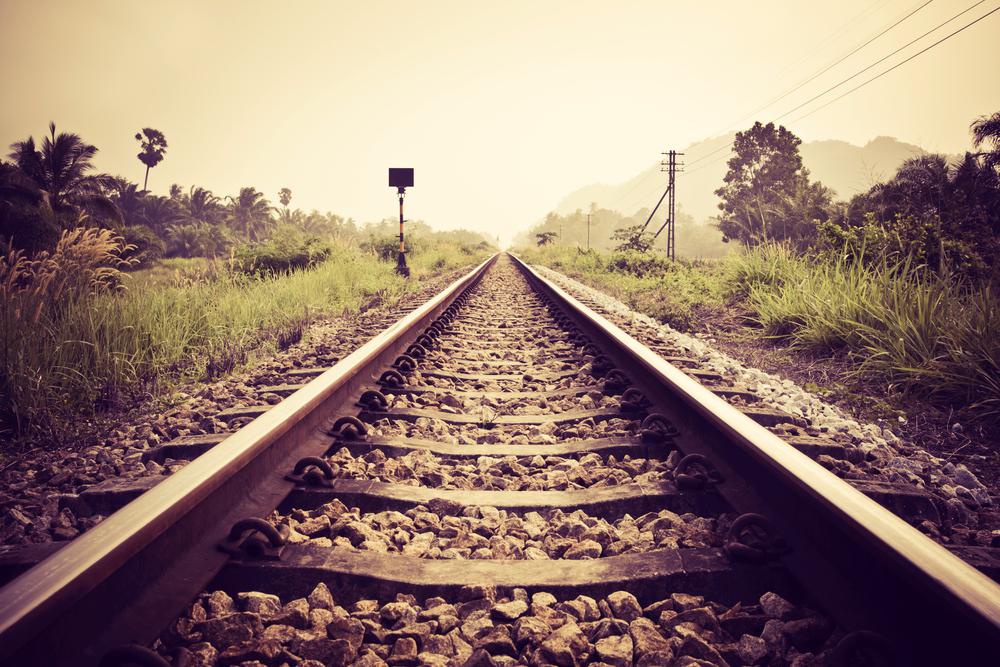We’ve recently learned that selfies have killed more people this year than shark attacks: Selfie-snappers have been gored during a running of the bulls, and tumbled down a staircase at the Taj Mahal, to name a few headline-friendly calamities. In Russia, a public service campaign now warns that “A cool selfie could cost you your life.”
Of course, “cool selfies” themselves don’t kill. Rather, the selfie-takers—distracted, unlucky, self-admiring—are prone to accidents while getting the perfect shot. But all the uproar over lethal selfies has overshadowed another Instagram-assisted phenomenon at the intersection of photography and human recklessness: portrait sessions on train tracks.
The appeal of train-track photography is unfortunately easy to understand. Tracks evoke grit and danger, and for instant geometrical perspective, it’s hard to beat a set of perfect parallel lines receding to the horizon. But the setting is also, needless to say, risky. A few weeks ago, a 16-year-old boy in Maryland was killed when an Amtrak train struck him during an amateur photo shoot with his girlfriend.
Similar stories seem to crop up every few months. Last fall, three people were killed on a trestle near Santa Barbara when an Amtrak train interrupted their sunset photo shoot. In Seattle, a musician was killed while having his photo taken on a stretch of tracks with Mount Rainier visible in the background.*
It makes sense that track portraits, like selfies, have grown in popularity in an age in which pretty much anyone armed with an iPhone is relentlessly prowling for photo ops likely to yield scenic snaps. Deaths due to trespassing on railroad tracks rose in 2014, and train track photos are now are so common that they’ve inspired their own public service campaigns. This summer, the country’s largest railroad, Union Pacific, launched a campaign focused on discouraging teens from taking their high school seniors portraits on train tracks, a practice it says is increasing. One spot compared the habit to taking a photo in the middle of a highway. In 2013, the railway safety nonprofit Operation Lifesaver partnered with Professional Photographers of America to urge photographers to stay off the tracks.
As the train-safety advocates are eager to point out, it’s very hard to judge the distance and speed of an approaching train; you also can’t count on hearing them, especially in areas with several tracks. In 2012, a high-school photography teacher in California was trying to snap a photo of an oncoming train when another train struck and killed her from behind. And even if the driver of the train* sees you on the tracks and tries to pull the brakes, trains can’t stop on a dime.
Browsing hashtags like #traintracks on Instagram make clear that not everyone has gotten the message:
At this point there may be only one thing that could dissuade photographers from risking their lives to shoot on the tracks: It’s becoming a total cliché.
*Correction, Sept. 28, 2015: This post originally misspelled Mount Rainier. Also, it referred to the “conductor” of a train as the one responsible for stopping the train in the event of an obstacle, when the accurate term is “engineer” or “driver.”
